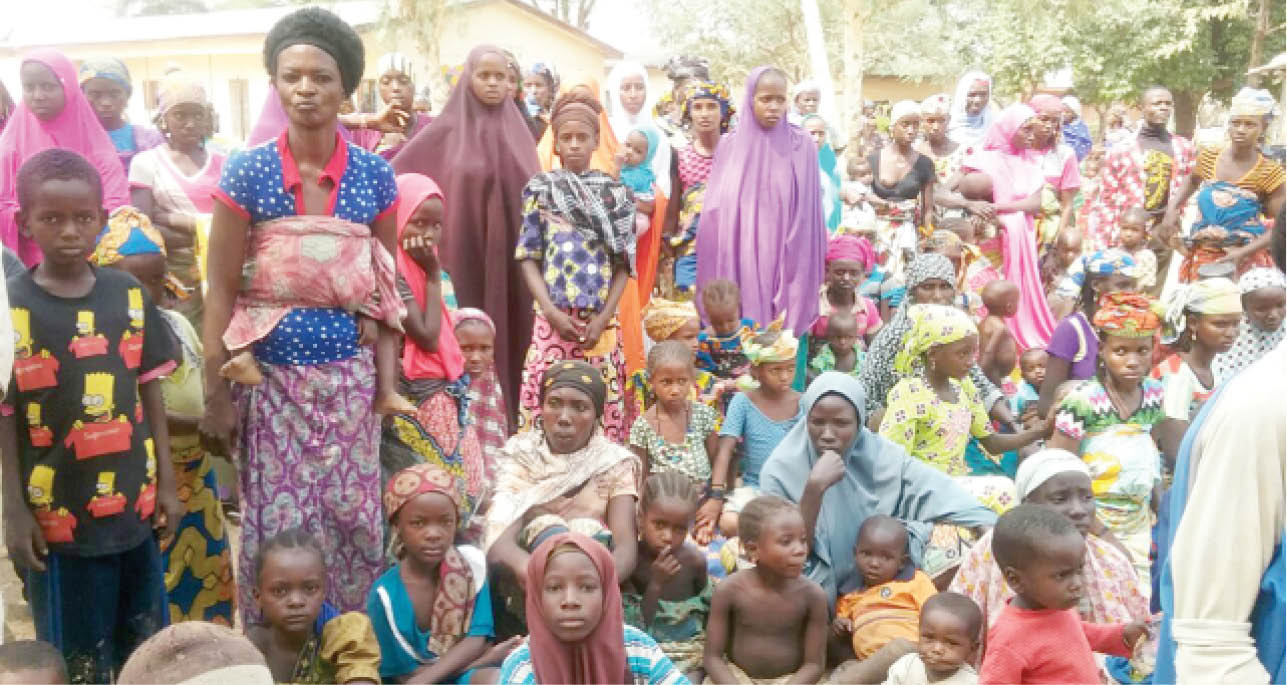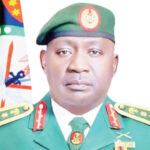The world is experiencing a high number of children, women, and men who have been forced to flee their homes due to conflict, violence, natural disaster, and human rights violations.
Figures by the UNHCR show that 79.5 million people around the world are living in forced displacement.
Today, displacement situations are becoming increasingly protracted, with many people being displaced for more than five years.
The daily stressors of living in displacement for prolonged periods such as exploitation, discrimination, idleness, abuse, anxiety, and uncertainty about the future, negatively affects the overall well-being of displaced persons.
This underscores the need for sustainable solutions that reduce their vulnerabilities, help them attain self-reliance, and end prolonged displacement.
Forcibly displaced persons often live in camps, non-camp settlements, or urban areas.
In the early phase of displacement, humanitarian aid is essential to meet their basic needs of food, water, and temporary shelter.
Displaced persons adopt different coping mechanisms to meet their needs when assistance is insufficient, unreliable, or unavailable, which increases their vulnerability to abuse and exploitation.
As the period of living in displacement becomes prolonged, it is imperative that the humanitarian response incorporates resources and livelihood promoting activities that would empower them to rebuild their lives and regain their dignity.
The displaced population is diverse, and so are their needs.
Therefore, improving their standard of living should be a needs-based assessment rather than a one-size-fits-all approach.
Access to non-financial support such as vocational training, apprenticeship, psychosocial support, access to market, and information should be combined with access to financial services, including opportunities for savings, payments, small business & equipment grants, and micro-credit (for productive activities rather than consumption).
Over two million people have been displaced by the BokoHaram conflict in the North-East of Nigeria.
The needs of displaced persons continue to evolve with each phase of displacement, and this necessitates a continuous review and feedback process into the humanitarian and development response framework.
While the emergency phase response of basic needs and services may be just right for recently displaced persons, the needs of others who have lived in camps or non-camp settlements for longer periods, have evolved.
Rashida, a 26-year old female, has been living in an internally displaced person camp in Area 1, Abuja, for more than five years.
From an independent humanitarian actor, she received a combination of counselling support and vocational training.
She acquired hair-making skills relevant to the market demand in and near the camp and received a business and equipment grant, which helped her to start a small business and meet her needs.
Receiving further help from her social ties (network), she has been able to open a small home-based salon, leave the camp, and integrate into a neighbouring community.
While Rashida’s story is inspiring, not every displaced person has a social network or the opportunity to receive a combination of support services.
Like Rashida, other displaced persons need to be empowered through a multisectoral approach to meet their needs in a safe, sustainable, and dignified manner.
Also, options for secure, quick, and low-cost financial services are vital.
But displaced persons face several challenges in accessing traditional financial services because of factors, including identification, communication barriers, lack of confidence, low levels of financial education, and fear of discrimination.
Furthermore, formal financial institutions often avoid providing displaced persons with financial products because they require small-sized loans that are expensive to administer.
They are considered risky borrowers who have unpredictable incomes and no personal assets to be used as collateral.
In the absence of these services, they rely on informal mechanisms such as storing cash at home, informal moneylenders, a neighbour’s account, and group savings schemes.
Therefore, donors, humanitarian and development actors, financial service providers, mobile network operators, regulators, and policymakers must assess their situation to provide flexible and innovative financial solutions tailored to their needs, such as mobile money services.
To get this done, significant coordination and collaboration will be required in the design and delivery of a framework to achieve sustained financial inclusion of forcibly displaced persons in the long-term.
This includes incentivising providers, mobile network operators, and agents to expand access points in locations providers may not otherwise be inclined to serve.
Therefore, as the country improves on its low level of financial inclusion, there needs to be a deliberate effort to understand and incorporate the financial needs of forcibly displaced persons within the context of the national financial inclusion strategy.
Flexible transfer services can also be used to provide secure cash transfers from the government or other relief programmes directly to beneficiaries to maintain consumption and address vulnerabilities during difficult periods such as the COVID-19 Pandemic.
Empirical evidence from M-PESA, a mobile-based digital solution in Kenya, demonstrates that households were able to reach deeper into their network to receive help and maintain consumption during economic and health shocks.
When forcibly displaced persons are financially included through a combination of banks, mobile money services, and payments/agent networks, assistance during times of crisis or otherwise, can be deployed more securely and faster.
Digital delivery of these support services can also improve efficiency, reduce leakages, and provide additional security and convenience.
For displaced persons, access to social safety net programmes is extremely critical.
Forcibly displaced persons should not be allowed to fall into extreme poverty and indignity.
While the social safety net will provide a floor (living standard) below which displaced persons should not fall, access to resources and livelihood promoting activities to achieve self-reliance will pull them up into a state of sustainable economic activity and dignity.
When displaced persons are empowered by combining livelihood promoting activities, psychosocial support, financial services, and safety net programmes, we boost their long-term standard of living and create a path to self-reliance.
It also enables them to leave the camps and move towards a preferred form of reintegration into the society with dignity (settling in their current state, moving to a new state, or returning home).
They become contributors to the economic activities of their local communities and the nation as a whole.
Toluwalola is the founder of My Internally Displaced Persons, a cause, focused on empowering Internally Displaced Persons (IDPs)

 Join Daily Trust WhatsApp Community For Quick Access To News and Happenings Around You.
Join Daily Trust WhatsApp Community For Quick Access To News and Happenings Around You.


